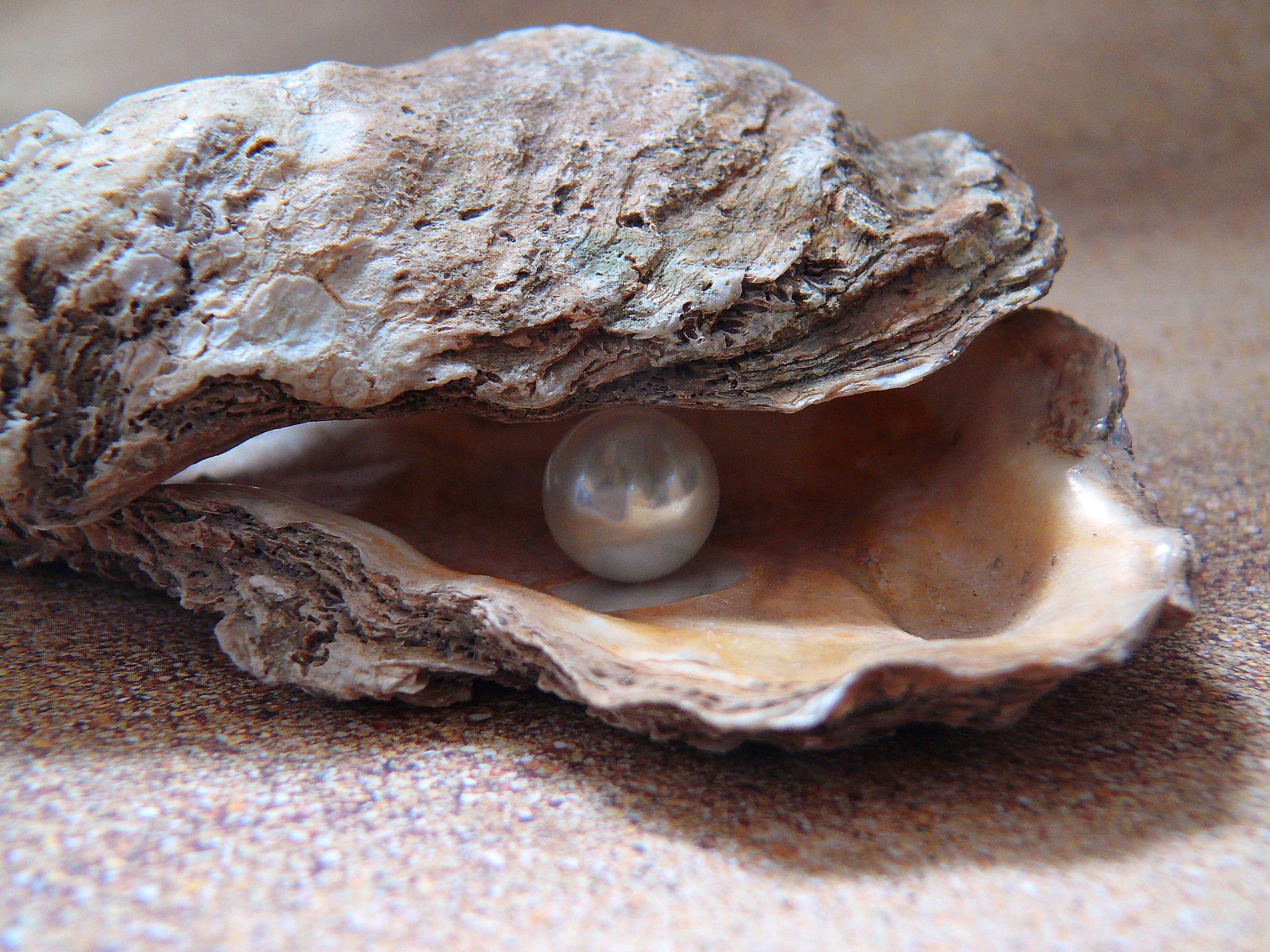Do Oysters Die When Their Pearls Are Harvested?


Oysters do not die when their pearls are removed, but this does not mean no harm comes to the mollusk. Bivalves with exclusively aquatic habits, oysters are commercially very important to humans. This is due to their use as a food delicacy, as well as the harvesting of their pearls. Pearls are considered to be highly valued gemstones which can vary in quality. Despite the fact other mollusks can also create similar types of pearl, those of the oyster are most highly prized. Historically, pearls where harvested by divers going down to their natural habitat to extract the pearls. Now commercial pearl culture farms are more common.
At AnimalWised, we ask do oysters die when their pearls are harvested? We discover how oysters are affected by pearl extraction and consider the ethics of this enterprise.
How are pearls formed?
Pearls are formed naturally by oysters, but the process is often encouraged artificially by human intervention. This is when harvested for commercial reasons since pearls are such highly valued gemstones. Oysters live in marine or brackish environments, but other bivalves can also produce similar pearls, even some in freshwater ecosystems. Despite being similar in composition, these pearls are not of significant commercial interest compared to oysters.
The reason oysters produce pearls is due to defense. When an irritant inside the oyster's shells is present, the pearl generation process commences. An example of such an irritant is a parasitical organism. Upon detecting the foreign body, the oyster synthesizes substances in layers known as aragonite and conchiolin. These form carbonate compounds and give rise to nacre. Also known as ‘mother of pearl’, this nacre envelops the intruder to encapsulate it and counteract its action.
As we have stated, some species of oysters are raised or cultivated to artificially stimulate this process. When this occurs, an activator is purposefully inserted internally into the oyster. This is usually in the form of a small bead or piece of shell. In doing so, the animal is stimulated to produce the nacre and form a pearl. The pearl is subsequently extracted and marketed. By artificially stimulating the pearl production process, farmers can increase their yields.
Nacre has the ability to create a variety of colors and shapes. This process results in different types of pearls. Considered precious jewels, these pearls have significant aesthetic and commercial value.
Do all oysters have pearls?
There are different types of oysters, grouped into different families and used for different purposes in human communities. For example, some are of greater interest as food, such as those of the genus Ostrea. Although most oyster species can produce pearls, not all have commercial interest in the pearl market. Only those which produce nacre are considered valuable.
As for the oysters that have mother-of-pearl and that are most exploited, we find:
- Atlantic pearl oyster (Pinctada radiata)
- Black-lip pearl oyster (Pinctada margaritifera)
- Gold-lipped oyster (Pinctada maxima)
Discover more about this invertebrates with our article on how mollusks reproduce.

Do oysters feel pain when their pearls are extracted?
The issue of pain in animals has been quite controversial. We should already know that vertebrate animals are capable of feeling pain. Doubt often arises over whether this occurs in invertebrates. Oysters are a type of invertebrate animal, so many wonder whether oysters can feel pain during pearl extraction.
The first aspect to take into account is that the anatomical system of animals is different. The fact that many animals do not have a developed brain like ours or that of vertebrates does not mean that they cannot feel pain or stress.
Although oysters do not have a brain, they do have a set of ganglia that serve a similar purpose. They constitute their nervous system and these structures are what allow them to exert responses and develop in the face of various conditions and vital processes. This may include peark extraction when they are harvested.
In this way, oysters can detect and emit responses to stimuli, whether beneficial or harmful. Proof of this is the formation of nacre when they detect an intruder in their body. Although these bivalves do not have a central nervous system, they can have reactions similar to the pain response. There are precursors of the central nervous system that are present and can emit responses to stimuli such as when the animal opens to remove the pearl.
In this sense, the pain is likely not what a person can feel. This doesn't mean the experience of having a pearl extracted won't be unpleasant or harmful. It means we do not know the extent of the harm generated.
Learn more about other types or marine bivalves with our article on the most common types of seashells.
Does an oyster die when its pearl is removed?
Oysters do not die due to their pearl being harvested. Extraction of the pearl is not a lethal process in oysters. However, this does not mean that many oysters do not die in the pearl industry. This has led to developments in pearl cultivation in oysters to update the techniques for this procedure. These techniques have been amended in many places to better ensure the animal's welfare. Even so, many oysters die unnecessarily in the industry.
While the pearl extraction process itself is not fatal to the oyster, there are other factors in pearl farming, such as environmental conditions and the handling of the oysters, that can affect their well-being. The problems are that the oysters are subjected to stress and unpleasant conditions for a living being. Ethical pearl farming practices aim to minimize any negative impact on the oysters involved.
We want to conclude this article by inviting you not to purchase products made with animal parts. In addition to pearls, this includes furs, skins, bones, teeth and many others. The exploitation of animals for these purposes not only harms the individual animal, but it can have a seriously detrimental effect on total global populations. This can be seen in many examples such as when tigers have become endangered due to exploitation in traditional medicine.
If you want to read similar articles to Do Oysters Die When Their Pearls Are Harvested?, we recommend you visit our Facts about the animal kingdom category.
- Animal liberation. (s/f). Are Pearls Ethical? Available at: https://www.al.org.au/are-pearls-ethical#gsc.tab=0
- The Trustees of The Natural History Museum, London. (s/f/). How do oysters make pearls? Available at: https://www.nhm.ac.uk/discover/quick-questions/how-do-oysters-make-pearls.html#:~:text=Pearls%20are%20made%20by%20marine,also% 20make%20up%20its%20shell.
- PETA. (2023). Is there any reason I shouldn't buy a pearl necklace? Available at: https://www.peta.org/about-peta/faq/is-there-any-reason-i-shouldnt-buy-a-pearl-necklace/






